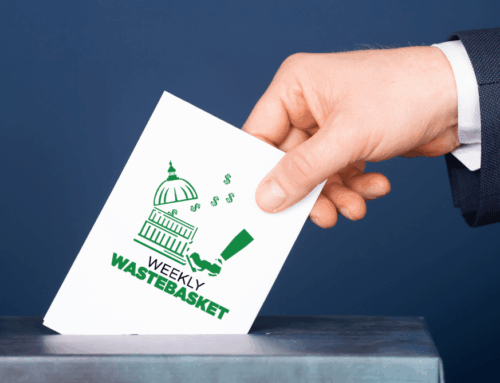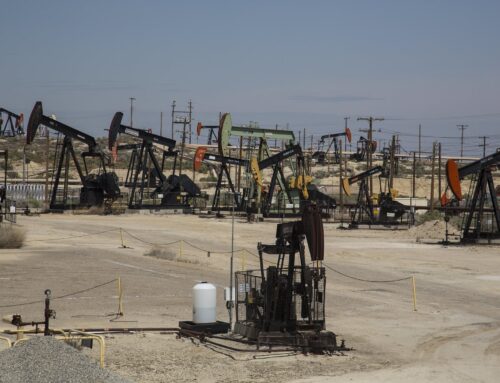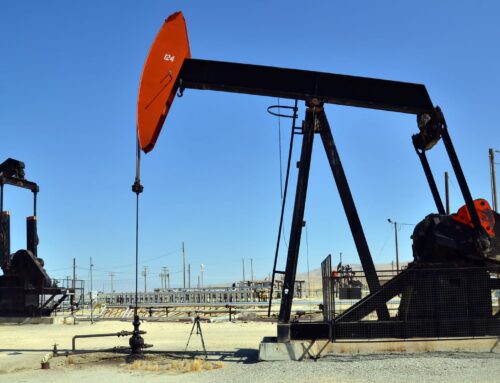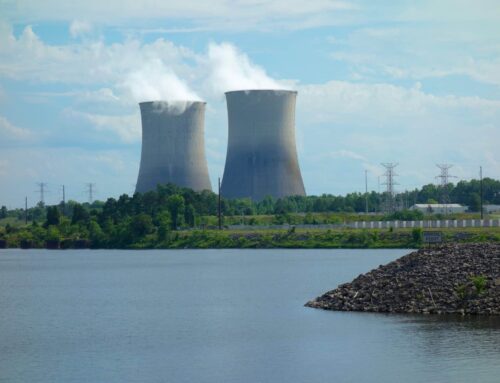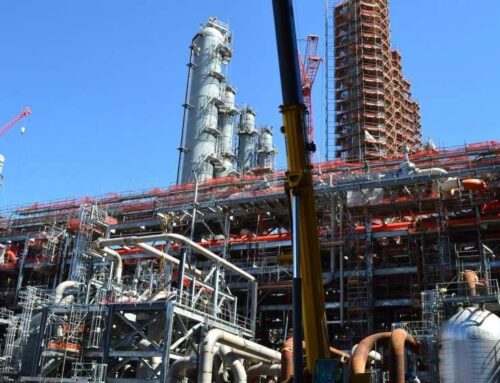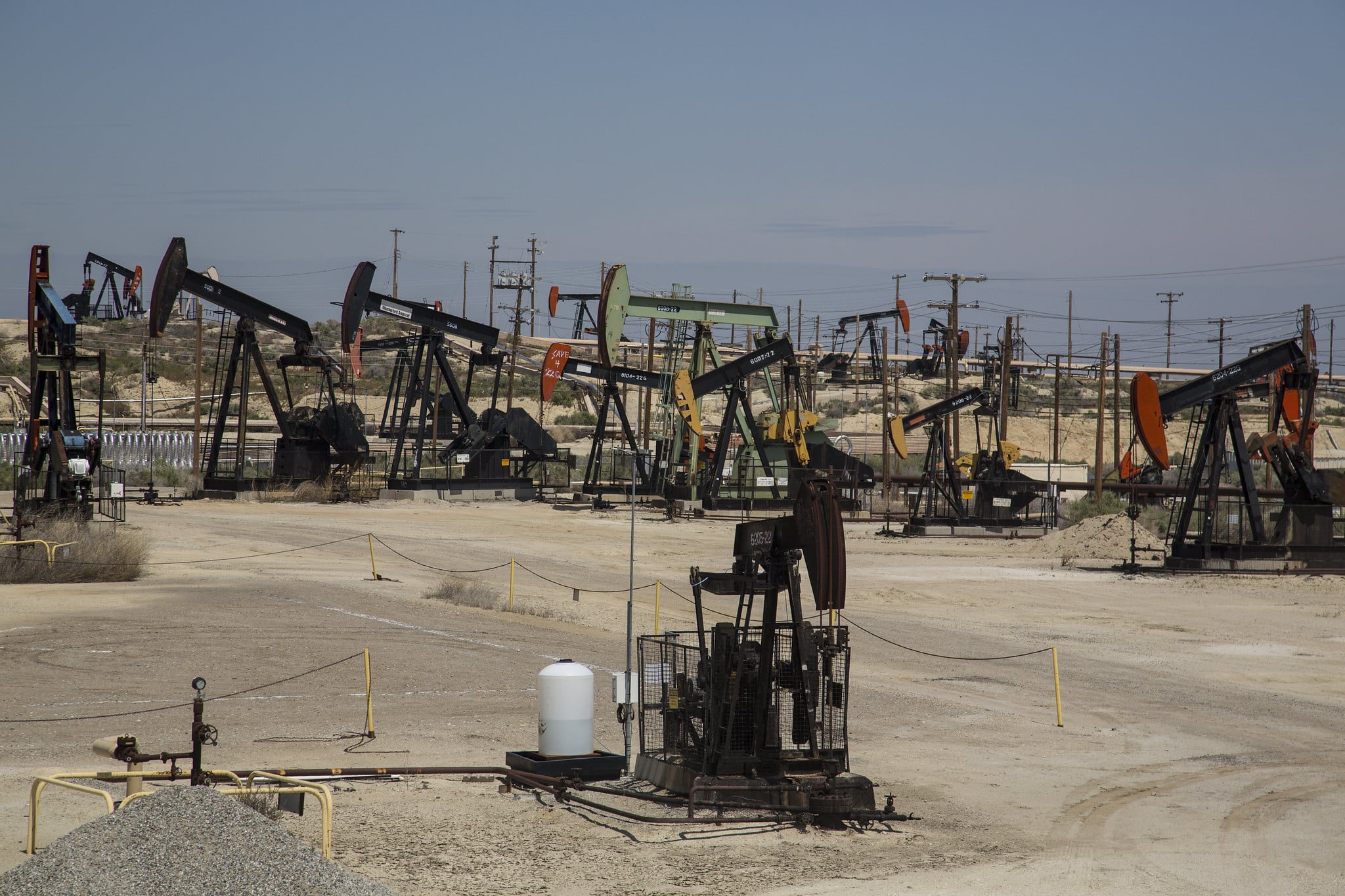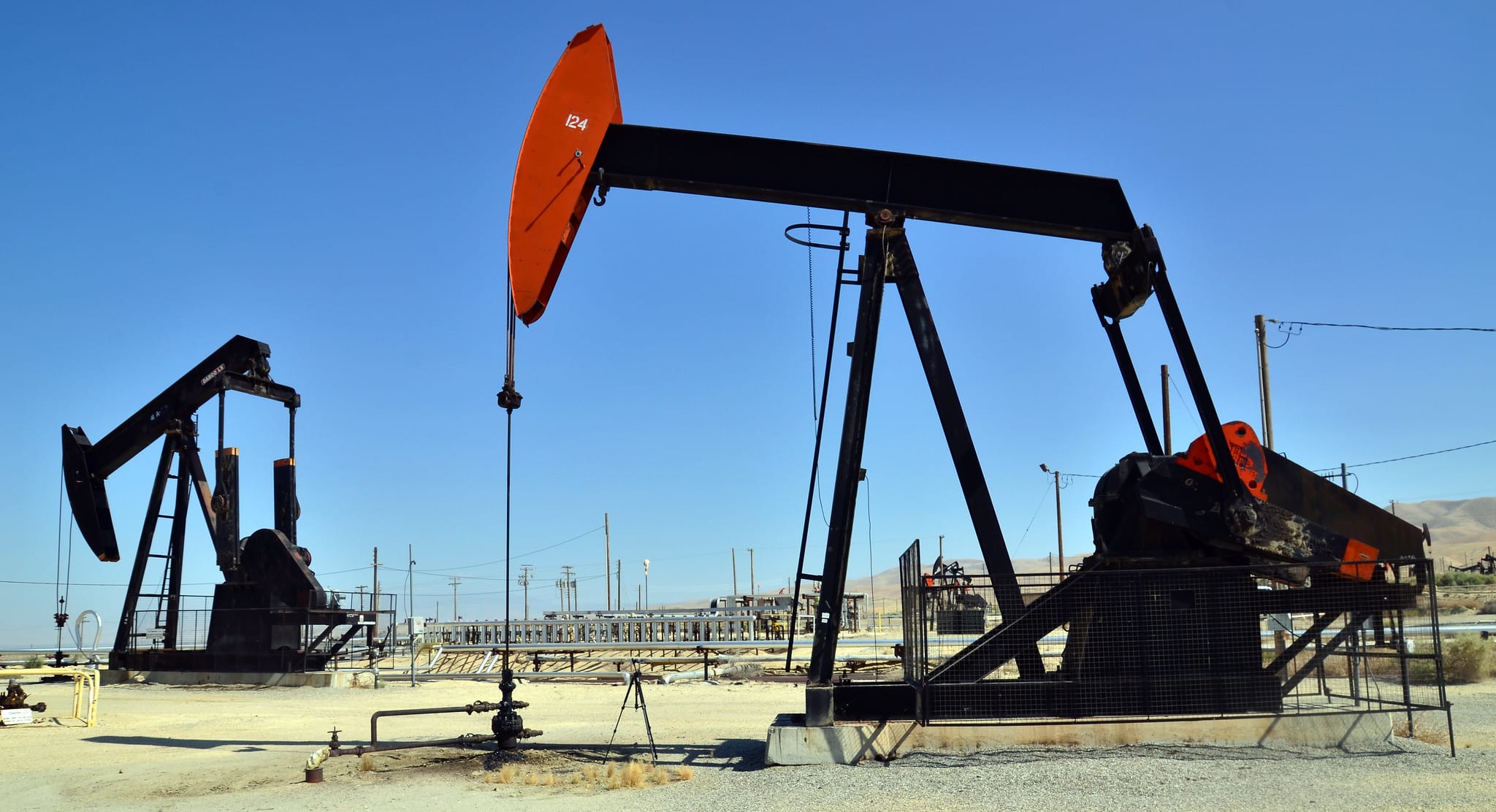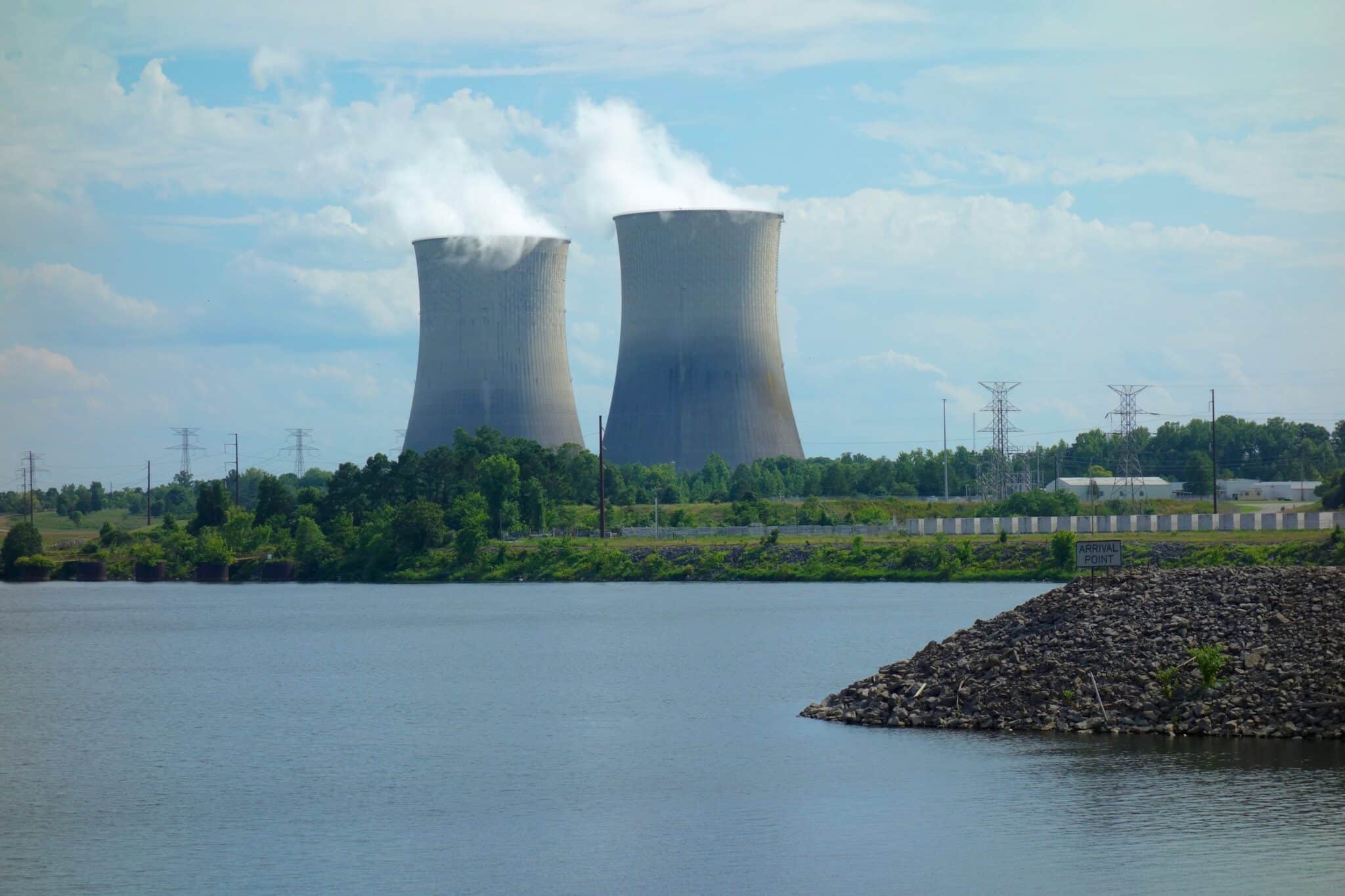The Honorable Mike Lee
Chairman
U.S. Senate Committee on Energy and Natural Resources
Washington, D.C. 20510
The Honorable Martin Heinrich
Ranking Member
U.S. Senate Committee on Energy and Natural Resources
Washington, D.C. 20510
April 21, 2025
Dear Chairman Lee and Ranking Member Heinrich,
As Congress advances through the budget reconciliation process, we urge you to maintain important updates to the federal onshore oil and gas leasing program that protect taxpayers and our public land hunting and fishing traditions.
Smart leasing policies are essential for fiscal accountability and proper stewardship of our nation's valuable public lands, fish and wildlife habitat, and energy resources. Recent updates—including the end of noncompetitive leasing, increased royalty rates, higher minimum bids, adequate bonding requirements for cleanup costs, and a more efficient leasing system targeted at high-potential areas—have modernized the program to prevent the undervaluation of public assets and ensure taxpayers receive a fair return from their development. These commonsense updates also help safeguard sensitive landscapes that support native and wild trout fisheries, big game species, and world-class hunting and angling opportunities.
Prior to 2022, American taxpayers lost billions of dollars due to an antiquated system that failed to deliver a fair return. The outdated 12.5 percent royalty rate lagged behind what states and private landowners routinely received, costing both federal and state taxpayers in lost potential revenue. Meanwhile, noncompetitive leasing and rock-bottom minimum bids allowed companies to acquire large tracts of federal land with little development potential, locking up federal public land for decades, wasting management agency resources, and delivering little to no revenue.
Responsible public lands management must balance multiple uses—including energy development, recreation, and fish and wildlife conservation. For example, areas like Nevada's Ruby Mountains or Montana's Tendoy Mountains are important habitats for native trout and other wildlife but have been subjected to speculative leasing proposals despite their being little to no economically recoverable oil and gas resources. Such practices waste taxpayer dollars, divert limited agency resources from managing fish and wildlife habitats, and threaten cherished outdoor spaces.
When managed responsibly, federal onshore oil and gas leasing can generate substantial revenue, reduce conflict, and be balanced with conservation objectives. Updates already passed by Congress are projected to generate $12.7 billion for federal and state taxpayers between 2023 and 2042, with returns likely to grow as more new leases are issued under improved terms.[1] In addition, bonding reforms implemented by the Bureau of Land Management in 2024 are expected to save taxpayers between $1.3 and $3.8 million annually in plugging and reclamation costs [2]—savings that also translate to immeasurable benefits for hunters and anglers by decreasing the negative ecological risks posed by orphaned wells.
Recent lease sales underscore the success of current leasing practices. In 2024, federal onshore lease sales achieved an average bid of $2,149 per acre—the highest in more than 15 years—generating $165 million for federal and state taxpayers. [3] Nearly two-thirds of the acres offered were leased, more than double the average lease rate over the previous 15 years (2009–2023). Lease sales this year have echoed these successes; on February 20th an auction in New Mexico sold all acres offered at an average bid five times greater than the previous 15 years.[4]
Fiscally accountable leasing that maintains important fish and wildlife habitat and responsible domestic energy development are not mutually exclusive. As you consider reconciliation or other legislative measures, we urge you to continue smart leasing practices that generate important revenue and protect our nation's valuable outdoor recreation opportunities for generations to come.
Thank you for your attention to this critical issue. We welcome the opportunity to share our findings or provide further data to support your work in crafting fiscally responsible energy and natural resource policy.
Sincerely,
Autumn Hanna
Vice President, Taxpayers for Common Sense
Corey Fisher
Public Lands Policy Director, Trout Unlimited
[1] Bureau of Land Management (BLM), "Fluid Mineral Leases and Leasing Process – Final Rule; Regulatory Impact Analysis and Regulatory Flexibility Analysis," April 2024, pg. 78. https://www.regulations.gov/document/BLM-2023-0005-130198
[2] BLM, "Fluid Mineral Leases and Leasing Process – Final Rule; Regulatory Impact Analysis and Regulatory Flexibility Analysis," April 2024, pg. 46. https://www.regulations.gov/document/BLM-2023-0005-130198
[3] Taxpayers for Common Sense (TCS), "Federal Onshore Oil & Gas Leasing: 2024 Year in Review," February 12, 2025. https://www.taxpayer.net/energy-natural-resources/federal-onshore-oil-gas-leasing-2024-year-in-review/
[4] TCS, "1,300 Acres Leased for Oil and Gas Development in New Mexico," February 20, 2025. https://www.taxpayer.net/energy-natural-resources/1300-acres-leased-for-oil-and-gas-development-in-new-mexico/
- By Nomdeploom - Own work, CC BY-SA 4.0, https://commons.wikimedia.org/w/index.php?curid=45280158

